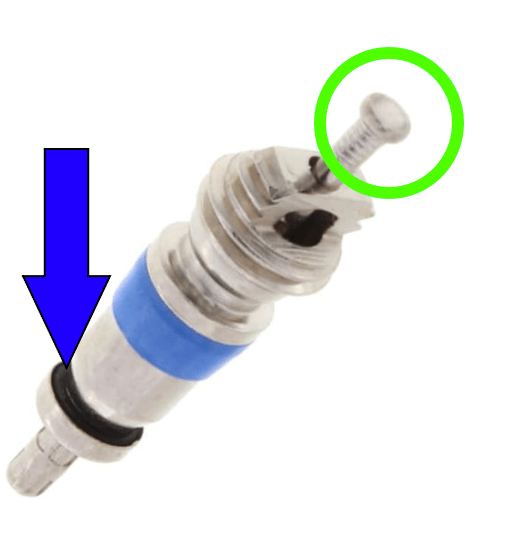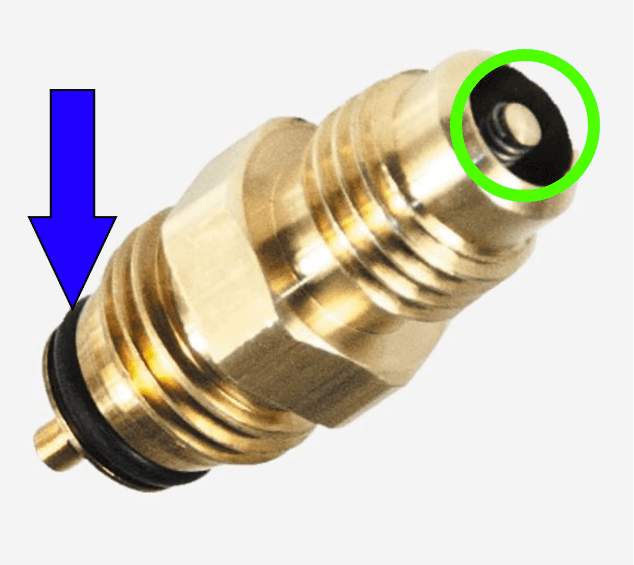ICP Furnace Showing 80% Limit Fault
Most gas furnaces have several safety limits, main limits, roll-outs, 80%’s will have a DSS (Daft Safety Switch) These safety

Have you ever put your gauges on a unit and notice that the pressure reading rises slowly, shows Zero but only on one side, OR while trying to add refrigerant, it just doesn’t seem to be going into the unit?
At this point you know that there is a flow or connection issue with the unit. Here are a few steps you can follow to get accurate pressures from the system to the gauge and get refrigerant to flow faster:
For starters let’s discuss the two MAIN types of valve connections:
1) The standard shrader which has an internal replaceable valve core:
This is a Carrier residential Liquid Line Service Valve and the core within it.


2) The CoreMax which is mostly seen on Packaged Units:
This Valve is an all in one and shouldn’t be disassembled any further

Both of these valves work with the same process. “Something” pushes on the STEM circled in green which then pushes down on and separates and opens the gasket- pointed out in blue. If these stems are not depressed then the gaskets will not be released.
Now that we have covered what has to happen, let’s figure out why it isn’t happening.
If you look at your hose connector:



In the center of the gasket within your hose connector there is a device called a “Depressor.” You can use the slotted top of your Tstat screwdriver to raise, lower, or remove this depressor from the hose connector.
As you move throughout your day, moving from unit to unit, take notice that some valves allow the “valve core” or stem in the CoreMax to sit LOWER than normal (resulting in them not being depressed when you gage up to the unit) or HIGHER than normal (This can push the depressor further into your hose connector)
It is a good idea to regularly check on the depressor height in your gauge connector to ensure that the pressures brought to your gauges are right. Looking at them also ensures that you’re looking at the gaskets so you know when they need to be replaced.
Now get out there and keep your depressor height right!
Most gas furnaces have several safety limits, main limits, roll-outs, 80%’s will have a DSS (Daft Safety Switch) These safety
This article is in reference to Residential Heat Pumps. Everyone in the HVAC industry knows that the indoor TXV
Compressors are the heart of the refrigeration system. It creates the pressure difference to move the refrigerant through the system.